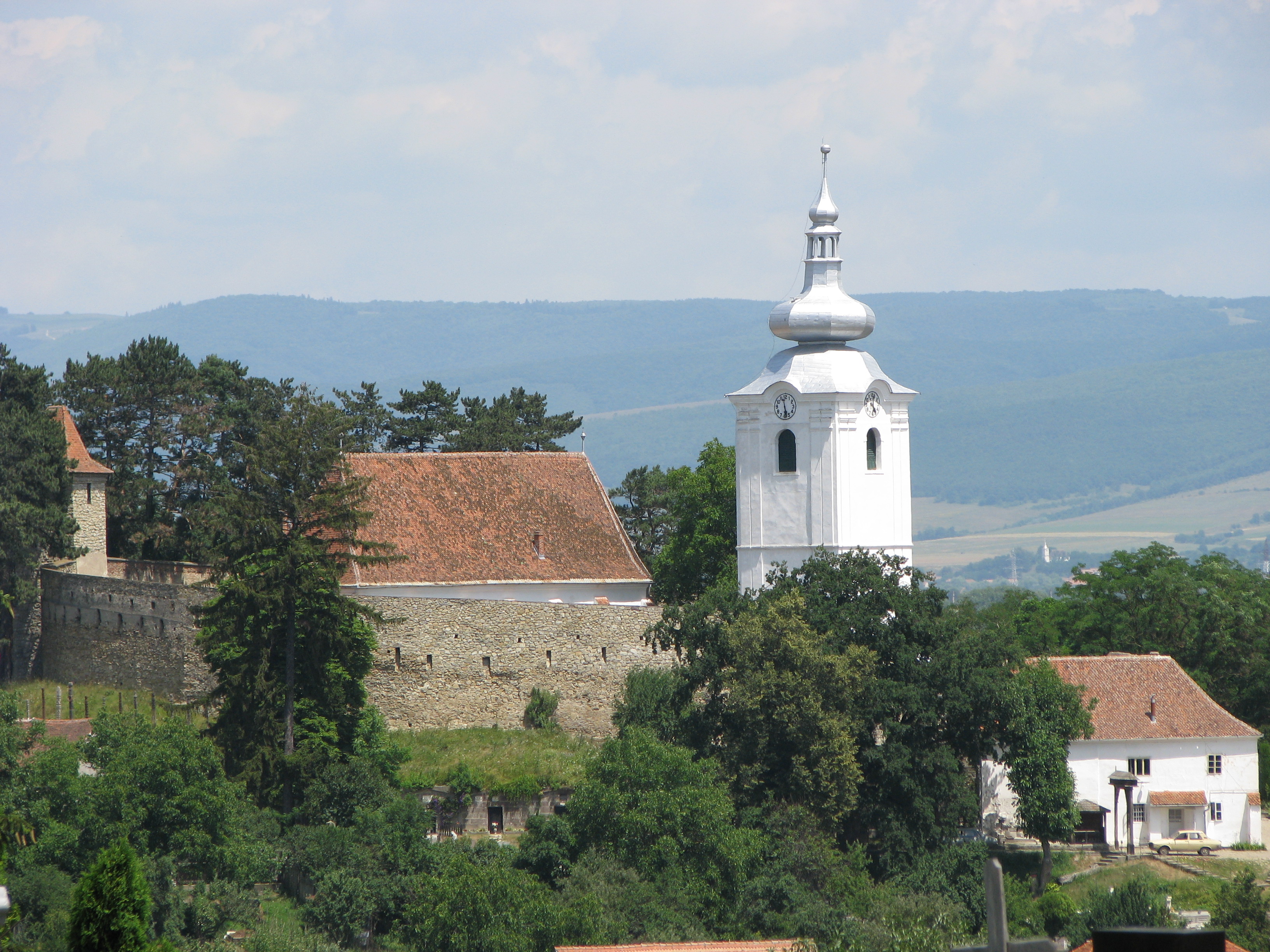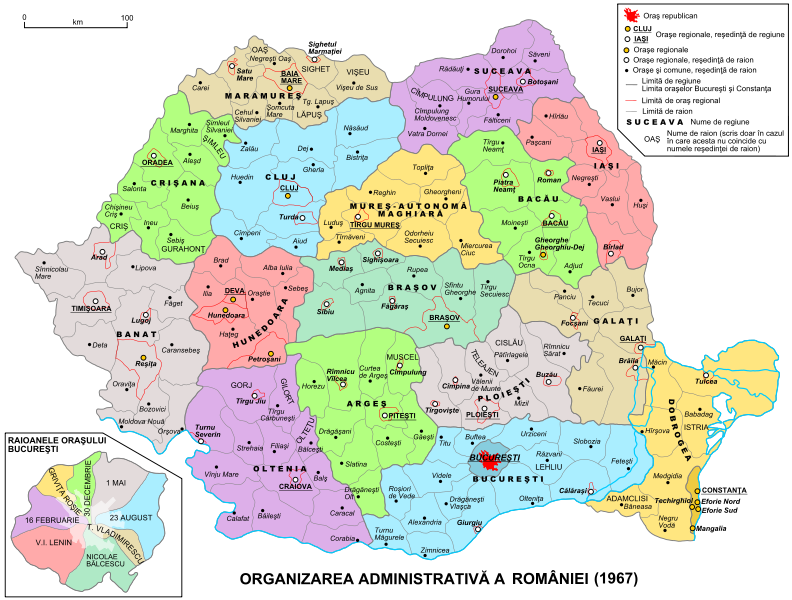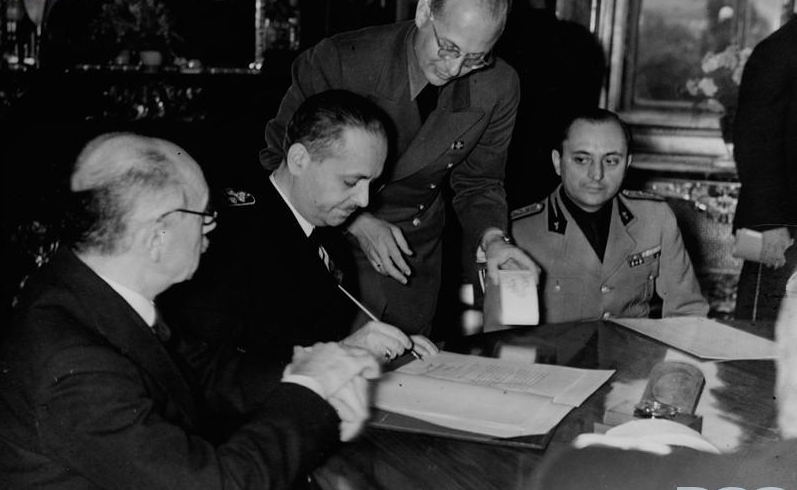|
Lisnău-Vale
Ozun (, Hungarian pronunciation: ; ) is a commune in Covasna County, Transylvania, Romania composed of seven villages: Bicfalău (''Bikfalva''), Lisnău (''Lisznyó''), Lisnău-Vale (''Lisznyópatak''), Lunca Ozunului (''Vesszőstelep''), Măgheruș (''Sepsimagyarós''), Ozun, and Sântionlunca (''Szentivánlaborfalva''). Demographics The commune has an absolute Székely Hungarian majority. According to the 2011 census, it had a population of 4,430 of which 82.71% or 3,664 were Hungarians, 11.6% or 514 were Romanians, 2.93% or 130 were Roma, and 0.11% or 5 were part of another ethnic group. At the 2021 census, Ozun had a population of 4,213, of which 79.47% were Hungarians, 12.58% Romanians, and 1.02% Roma. History The settlement formed part of the Székely Land region of the historical Transylvania province. Until 1918, the village belonged to the Háromszék County of the Kingdom of Hungary. In the immediate aftermath of World War I, following the declaration of the Union ... [...More Info...] [...Related Items...] OR: [Wikipedia] [Google] [Baidu] |
Covasna County
Covasna County (, , ) is a county (județ) of Romania, in eastern Transylvania, with the county seat at Sfântu Gheorghe. Demographics In 2011, it had a population of 210,177, making it the second least populous of Romania's 41 counties and the population density was . In 2002 the ethnic composition of the county was as follows: * Hungarians in Romania, Hungarians – 73.58% (or 164,158) * Romanians – 23.28% (or 51,790) * Romani people in Romania, Romani – 2.68% (or 5,973) According to the 2011 Romanian census, 2011 census, the composition of the county was: * Hungarians in Romania, Hungarians – 73.74% (or 150,468) * Romanians – 22.02% (or 45,021) * Romani people in Romania, Romani – 4.05% (or 8,267) * Minorities of Romania, Others – 0.19% According to the 2021 Romanian census, 2021 census, the composition of the county was: * Hungarians in Romania, Hungarians – 71.77% (or 133,444) * Romanians – 22.99% (or 42,752) * Romani people in Romania, Romani – 5.11% ... [...More Info...] [...Related Items...] OR: [Wikipedia] [Google] [Baidu] |
Kingdom Of Romania
The Kingdom of Romania () was a constitutional monarchy that existed from with the crowning of prince Karl of Hohenzollern-Sigmaringen as King of Romania, King Carol I of Romania, Carol I (thus beginning the Romanian royal family), until 1947 with the abdication of King Michael I of Romania, Michael I and the Romanian parliament's proclamation of the Socialist Republic of Romania, Romanian People's Republic. From 1859 to 1877, Romania evolved from a personal union of two Principality, principalities: (Moldavia and Wallachia) called the Unification of Moldavia and Wallachia also known as "The Little Union" under a single prince to an autonomous principality with a House of Hohenzollern, Hohenzollern monarchy. The country gained its independence from the Ottoman Empire during the Russo-Turkish War (1877–1878), 1877–1878 Russo-Turkish War (known locally as the Romanian War of Independence), after which it was forced to cede the southern part of Bessarabia in exchange for Northern ... [...More Info...] [...Related Items...] OR: [Wikipedia] [Google] [Baidu] |
Magyar Autonomous Region
The Magyar Autonomous Region (1952–1960) (; ) and Mureș-Magyar Autonomous Region (1960–1968) were autonomous Regions of the People's Republic of Romania, regions in the Romanian People's Republic (later the Socialist Republic of Romania). History One of the key factors behind the autonomous region was the desire of the communist Romanian government to win over the Hungarian population in Transylvania. Support for the Romanian Communist Party was very strong in ethnically Hungarian areas, and Hungarian communists made up 26% of all communists in Romania before World War II. Following the Hungarian Northern Transylvania, rule of Northern Transylvania during World War II, ethnic Hungarians now made up 10% of Romanian population, and the communist government adopted a policy of appeasement towards the Hungarian minority; this was a pragmatic stance as in contrast to largely pro-socialist Hungarians in Romania, ethnic Romanians were unsupportive of the Communist Party and the com ... [...More Info...] [...Related Items...] OR: [Wikipedia] [Google] [Baidu] |
Stalin Region
Regiunea Stalin (Stalin Region) was one of the administrative divisions of the People's Republic of Romania. It was established in 1950, in the Soviet style of territorial organization, and was named after Joseph Stalin. Its name was changed to Brașov Region in 1960, and it was disestablished in 1968. History In 1950, the capital of the region was Orașul Stalin (''Stalin City'', now Brașov) and its territory comprised an area similar to what are nowadays the eastern part of Brașov County, together with Covasna County and part of Harghita County. Initially, the Stalin Region comprised 6 raions: Ciuc, Odorhei, Racoș, Sfântu Gheorghe, Stalin, and Târgu Secuiesc. In 1952, the Ciuc, Odorhei, Sfântu Gheorghe, and Târgu Secuiesc raions were transferred to the newly established Magyar Autonomous Region, while the raions Sibiu, Făgăraș, Mediaș, Agnita, Sighișoara, and Târnăveni were included in the Stalin Region. In 1960, the region was renamed Brașov Region, while ... [...More Info...] [...Related Items...] OR: [Wikipedia] [Google] [Baidu] |
Raion
A raion (also spelt rayon) is a type of administrative unit of several post-Soviet states. The term is used for both a type of subnational entity and a division of a city. The word is from the French (meaning 'honeycomb, department'), and is commonly translated as ' district' in English. A raion is a standardized administrative entity across most of the former Soviet Union and is usually a subdivision two steps below the national level, such as a subdivision of an oblast. However, in smaller USSR republics, it could be the primary level of administrative division. After the fall of the Soviet Union, some of the republics kept the ''raion'' (e.g. Azerbaijan, Belarus, Ukraine, Russia, Moldova, Kazakhstan, Kyrgyzstan) while others dropped it (e.g. Georgia, Uzbekistan, Estonia, Latvia, Armenia, Tajikistan, Turkmenistan). In Bulgaria, it refers to an internal administrative subdivision of a city not related to the administrative division of the country as a whole, or, in the ca ... [...More Info...] [...Related Items...] OR: [Wikipedia] [Google] [Baidu] |
Sfântu Gheorghe
Sfântu Gheorghe (; or ''Szentgyörgy'' ; ; English lit.: ''Saint George'') is a city that serves as the seat of Covasna County in Transylvania, Romania. Located in the central part of the country, it lies on the Olt River in a valley between the Baraolt Mountains and the . The town administers two villages, Chilieni (''Kilyén'') and Coșeni (''Szotyor''). History Sfântu Gheorghe is one of the oldest urban settlements in Transylvania, the town first having been documented in 1332. The town takes its name from Saint George, the patron of the local church. Historically, it was also known in German as ''Sankt Georgen''. The "sepsi" prefix (''sebesi'' → ''sepsi'', meaning "of Sebes") refers to the area which the ancestors of the local Székely population had inhabited before settling to the area of the town. The previous area of their settlement was around the town of "Sebes" (now Sebeș, in Alba County) which later became populated mainly by Transylvanian Saxons (), being ... [...More Info...] [...Related Items...] OR: [Wikipedia] [Google] [Baidu] |
Socialist Republic Of Romania
The Socialist Republic of Romania (, RSR) was a Marxism–Leninism, Marxist–Leninist One-party state, one-party socialist state that existed officially in Romania from 1947 to 1989 (see Revolutions of 1989). From 1947 to 1965, the state was known as the Romanian People's Republic (, RPR). The country was an Eastern Bloc state and a member of the Warsaw Pact with a dominant role for the Romanian Communist Party enshrined in :Template:RomanianConstitutions, its constitutions. Geographically, RSR was bordered by the Black Sea to the east, the Soviet Union (via the Ukrainian Soviet Socialist Republic, Ukrainian and Moldavian Soviet Socialist Republic, Moldavian SSRs) to the north and east, Hungarian People's Republic, Hungary and Socialist Federal Republic of Yugoslavia, Yugoslavia (via Socialist Republic of Serbia, SR Serbia) to the west, and People's Republic of Bulgaria, Bulgaria to the south. As World War II ended, Kingdom of Romania, Romania, a former Axis powers, Axis membe ... [...More Info...] [...Related Items...] OR: [Wikipedia] [Google] [Baidu] |
Soviet Union
The Union of Soviet Socialist Republics. (USSR), commonly known as the Soviet Union, was a List of former transcontinental countries#Since 1700, transcontinental country that spanned much of Eurasia from 1922 until Dissolution of the Soviet Union, it dissolved in 1991. During its existence, it was the list of countries and dependencies by area, largest country by area, extending across Time in Russia, eleven time zones and sharing Geography of the Soviet Union#Borders and neighbors, borders with twelve countries, and the List of countries and dependencies by population, third-most populous country. An overall successor to the Russian Empire, it was nominally organized as a federal union of Republics of the Soviet Union, national republics, the largest and most populous of which was the Russian SFSR. In practice, Government of the Soviet Union, its government and Economy of the Soviet Union, economy were Soviet-type economic planning, highly centralized. As a one-party state go ... [...More Info...] [...Related Items...] OR: [Wikipedia] [Google] [Baidu] |
World War II
World War II or the Second World War (1 September 1939 – 2 September 1945) was a World war, global conflict between two coalitions: the Allies of World War II, Allies and the Axis powers. World War II by country, Nearly all of the world's countries participated, with many nations mobilising all resources in pursuit of total war. Tanks in World War II, Tanks and Air warfare of World War II, aircraft played major roles, enabling the strategic bombing of cities and delivery of the Atomic bombings of Hiroshima and Nagasaki, first and only nuclear weapons ever used in war. World War II is the List of wars by death toll, deadliest conflict in history, causing World War II casualties, the death of 70 to 85 million people, more than half of whom were civilians. Millions died in genocides, including the Holocaust, and by massacres, starvation, and disease. After the Allied victory, Allied-occupied Germany, Germany, Allied-occupied Austria, Austria, Occupation of Japan, Japan, a ... [...More Info...] [...Related Items...] OR: [Wikipedia] [Google] [Baidu] |
Northern Transylvania
Northern Transylvania (, ) was the region of the Kingdom of Romania that during World War II, as a consequence of the August 1940 territorial agreement known as the Second Vienna Award, became part of the Kingdom of Hungary (1920-1946), Kingdom of Hungary. With an area of , the population was largely composed of both ethnic Romanians and Hungarians. In October 1944, Soviet Union, Soviet and Romanian Land Forces, Romanian forces gained control of the territory, and by March 1945 Northern Transylvania returned to Romanian administration. After the war, this was confirmed by the Paris Peace Treaties, 1947, Paris Peace Treaties of 1947. Background Transylvania has a varied history. Once part Kingdom of Kingdom of Dacia (82 BC–106 AD), in 106 AD, the Roman Empire conquered the territory, after the Roman legions withdrew in 271 AD, it was overrun by a succession of various tribes such as Carpi (people), Carpi, Visigoths, Huns, Gepids, Pannonian Avars, Avars, and Slavs, in the 9t ... [...More Info...] [...Related Items...] OR: [Wikipedia] [Google] [Baidu] |
Kingdom Of Hungary (1920–1946)
The Kingdom of Hungary referred to retrospectively as the Regency and the Horthy era, existed as a country from 1920 to 1946 under the rule of Miklós Horthy, Regent of Hungary, who officially represented the Holy Crown of Hungary, Hungarian monarchy. In reality there was no king, and attempts by Charles I of Austria, King Charles IV to return to the throne shortly before his death were Charles IV of Hungary's attempts to retake the throne, prevented by Horthy. Hungary under Horthy was characterized by its Conservatism, conservative, Nationalism, nationalist, and fiercely Anti-communism, anti-communist character; some historians have described this system as Para-fascism, para-fascist. The government was based on an unstable alliance of conservatives and right-wingers. Foreign policy was characterized by revisionism—the total or partial revision of the Treaty of Trianon, which had seen Hungary lose over 70% of its Kingdom of Hungary, historic territory along with over three mil ... [...More Info...] [...Related Items...] OR: [Wikipedia] [Google] [Baidu] |
Second Vienna Award
The Second Vienna Award was the second of two territorial disputes that were arbitrated by Nazi Germany and the Kingdom of Italy. On 30 August 1940, they assigned the territory of Northern Transylvania, including all of Maramureș and part of Crișana, from the Kingdom of Romania to the Kingdom of Hungary (1920–46), Kingdom of Hungary. Background After World War I, the multiethnic Lands of the Crown of Saint Stephen, Kingdom of Hungary was divided by the 1920 Treaty of Trianon to form several new nation states, but Hungary noted that the new state borders did not follow ethnic boundaries. The new nation state of Hungary was about a third the size of prewar Hungary, and millions of ethnic Hungarians were left outside the new Hungarian borders. Many historically-important areas of Hungary were assigned to other countries, and the distribution of natural resources was uneven. The various non-Hungarian populations generally saw the treaty as justice for their historically-margina ... [...More Info...] [...Related Items...] OR: [Wikipedia] [Google] [Baidu] |





